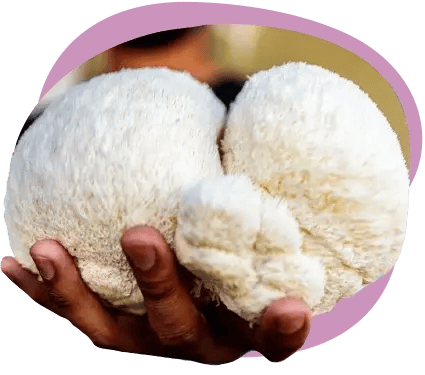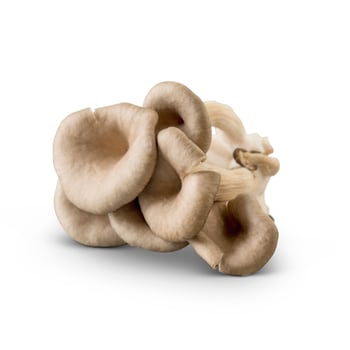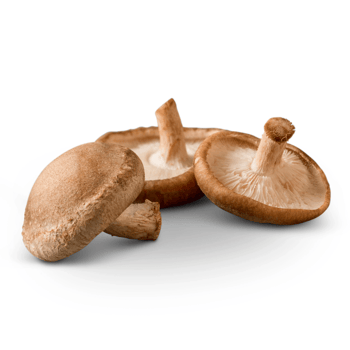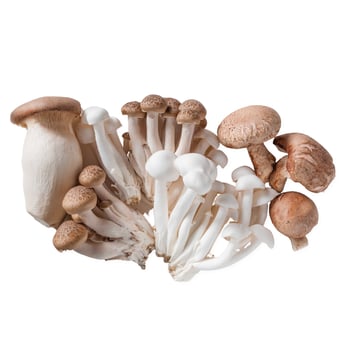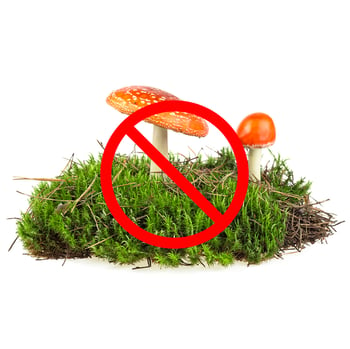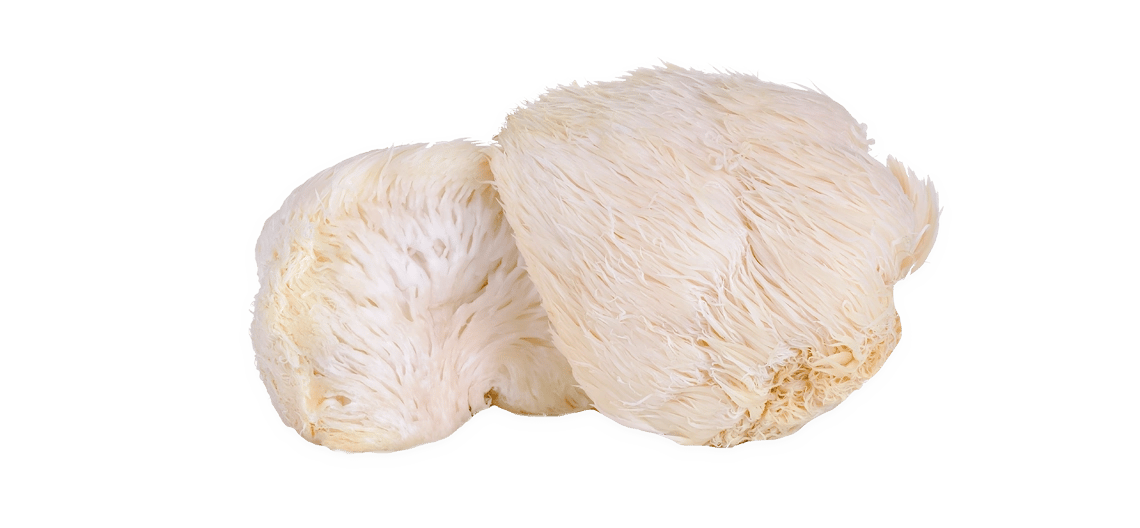
Lion’s Mane Mushrooms

Lion’s Mane
Mushrooms
The popular specialty mushroom appearing on plates everywhere!
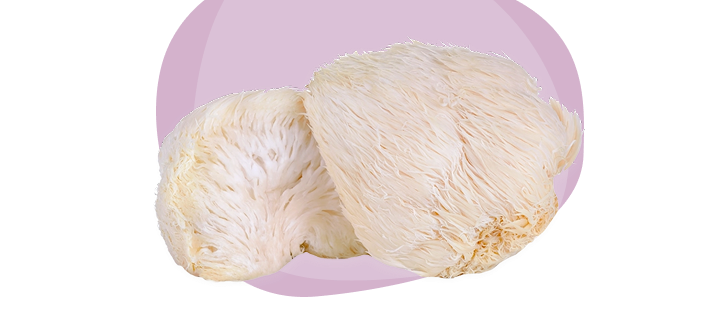
Sweet and Flavorful Lion’s Mane Mushrooms
These beautiful white, shaggy mushrooms are also known as Pom Poms. One thing is true: Regardless of the name you use, Lion’s Mane are prized by chefs around the world due to their slightly sweet taste, and a texture that is reminiscent of shellfish.
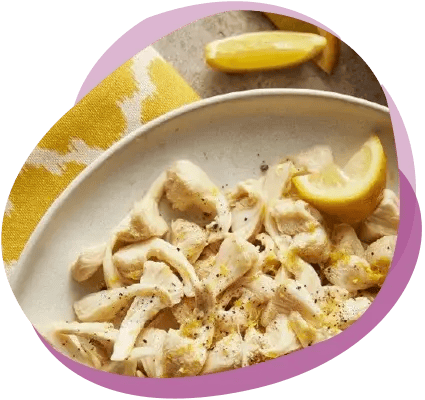
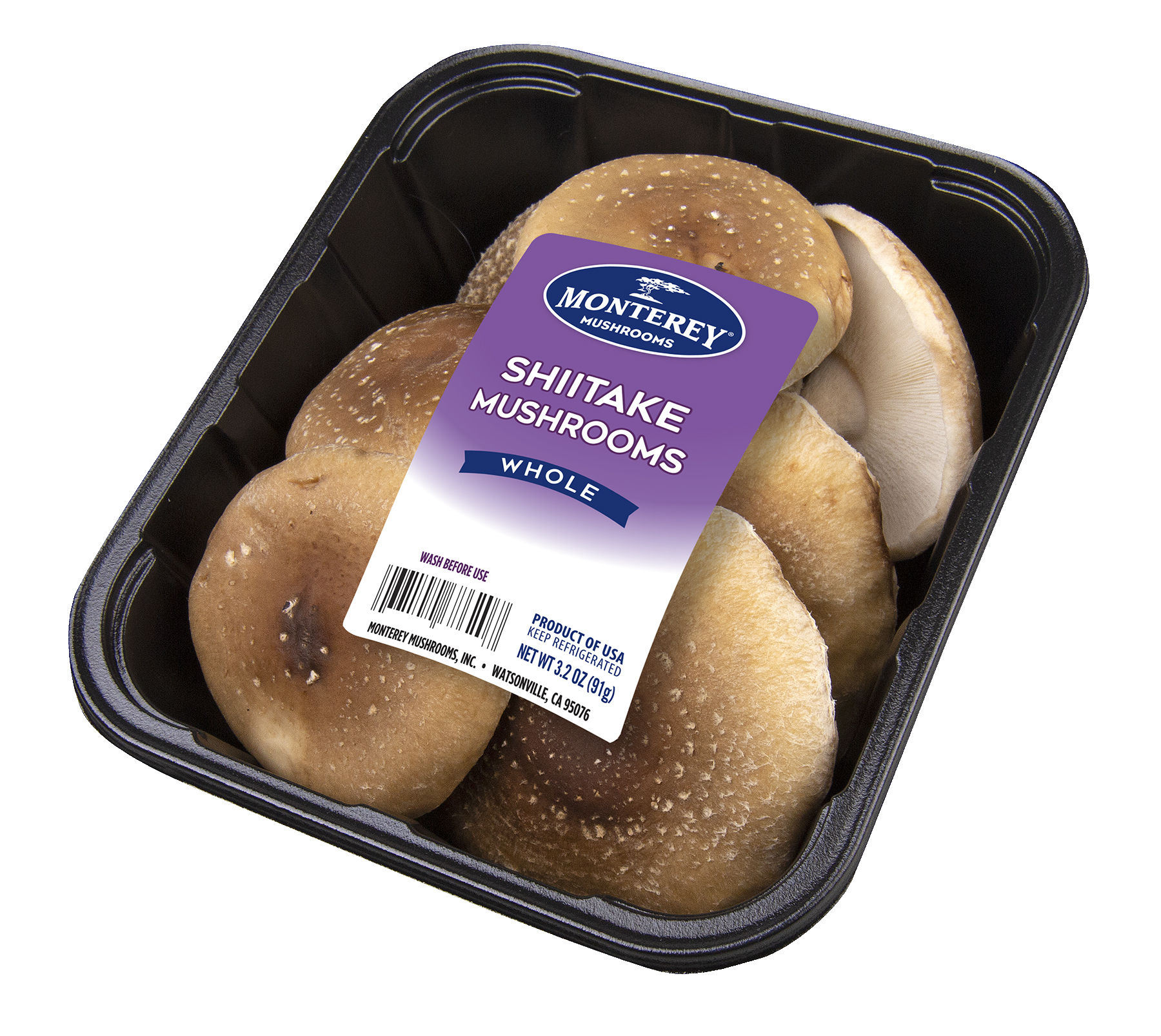
More Than Just a Fancy Mushroom
Although these exotic mushrooms magnify the flavor in the dishes you love, Shiitake mushroom benefits make them more than just a fancy mushroom trend.
Although you probably already know the amazing health benefits of mushrooms in general — including B vitamins, Potassium, Selenium, Copper, and Ergothioneine — each variety of mushrooms packs its own power in supporting your health.*
Fresh Shiitake mushrooms offer 40% of the recommended daily intake of copper, which is known for keeping bones and nerves healthy.
In addition, Shiitake are known for their ability to support the immune system, offer strong cardiovascular support, and may protect against inflammation. These specialty mushrooms may potentially prevent and treat cancer, lower high cholesterol, and treat infections.
*These statements have not been evaluated by the Food and Drug Administration. This product is not intended to diagnose, treat, cure, or prevent any disease. If you are pregnant or lactating, have a medical condition, or are on medications, please consult with your licensed healthcare provider before using nutritional supplements
The Mushroom with a Secret
Beyond its unique taste and texture, Lion’s Mane is easy to cook and absorbs flavors beautifully, bringing a touch of elegance and curiosity to any dish.
Our Lion’s Mane is sold in wild and fluffy, cascading strands, so you can enjoy its pure gourmet flavor. If you’re looking to shake up your usual mushroom routine, this is the one that turns dinner into a conversation starter.
Let’s Get Cooking!
Lion’s Mane Mushroom FAQs
Is it safe to eat exotic mushrooms like Lion’s Mane?
Commercially-cultivated mushrooms like Lion’s Manes that are sold in stores are safe to eat. We always recommend that you avoid wild or foraged mushrooms unless you are being supervised by a certified mycologist or mushroom expert.
How are Lion’s Mane mushrooms commonly used?
By now, you are probably wondering how to cook Lion’s Mane mushrooms. They can easily star on your dining table or be used as an ingredient in recipes. Lion’s Mane fit in just about any dish that calls for seafood; for example, use them as a topping for a vegetarian pizza, in Asian cooking, or in seafood salads.
Check out our recipe library for delicious mushroom inspiration.
How should I wash Lion’s Mane mushrooms?
This is a very common question about mushrooms.
To clean Lion’s Mane, use your clean fingers, a soft mushroom brush, or a damp paper towel to brush any debris from the mushroom. Although you can briefly rinse the mushrooms under running water and then pat dry, don’t submerge them. Lion’s Mane are very absorbent, and soaking can affect the texture.
What do I need to know about cooking with Lion’s Mane?
Usually, we recommend you remember selection, storage, and stems.
When you purchase Lion’s Mane, select those that are bright white and firm with a shaggy outer surface. Store them in their original package.
However, just as their cap doesn’t resemble a “normal mushroom,” Lion’s Mane don’t really have a stem. Instead, you simply tear the mushrooms apart or shred them.
Are Lion’s Mane mushrooms sustainable?
Absolutely! Mushrooms are gentle on the planet; growing them requires little water or energy and produces little carbon emissions.
Do you have any recipes for inspiration?
Of course! Our friends at the Mushroom Council have some great gourmet mushroom recipes like these:
